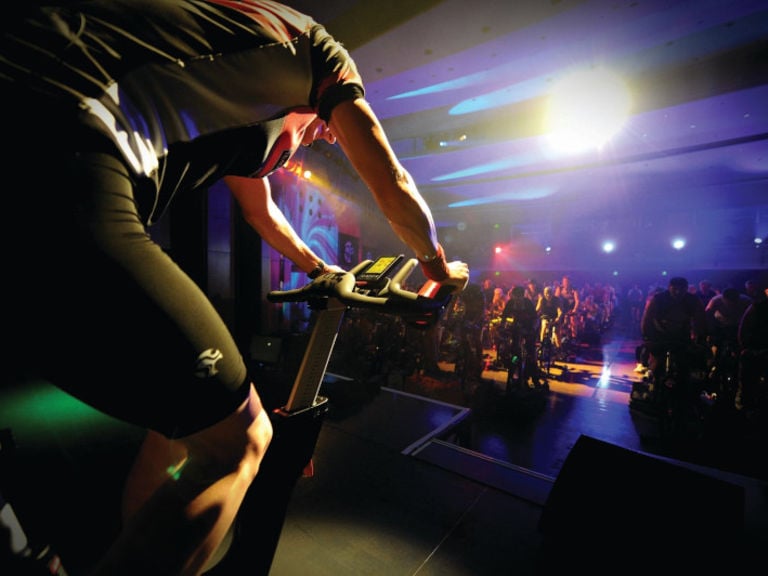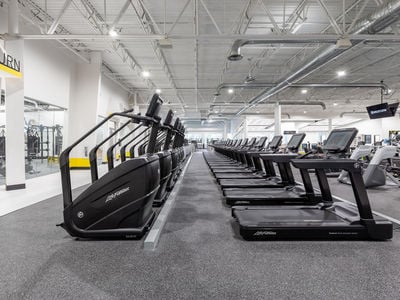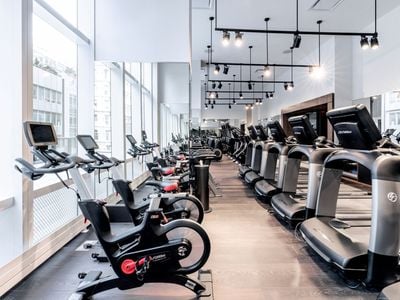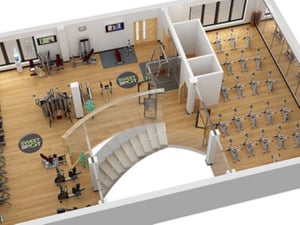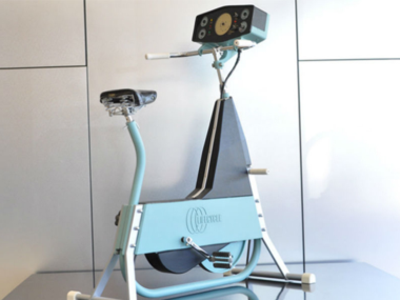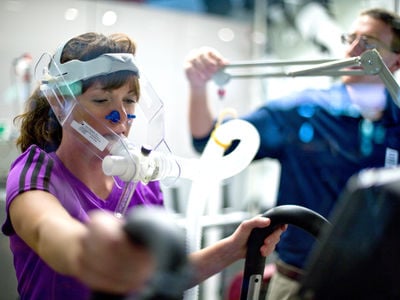New research looked at how circadian rhythms can affect physical activity.
Two new studies have looked at what effect the time of day you exercise has on your results.
Based on the idea of the circadian clock — the biological rhythms of a day — both studies sought to discover which is the best time of day to exercise.
The studies
In the first study, from the Weizmann Institute of Science in Israel, researchers put mice on treadmills at different times of the day. They had to allow for the fact that mice are nocturnal and treated their night-time activities as ‘mice day’, dividing them into active and resting phases.
Researchers then analysed the exercise capacity of the mice at different intensities and regimens.
The results showed that overall exercise performance was substantially better in the mouse evening compared to the morning.
In addition, this first study also looked at 12 human subjects and had similar results. The people in the study had better oxygen efficiency when exercising in the evening. This means they consumed less oxygen when they trained at night.
“It’s quite well known that almost every aspect of our physiology and metabolism is dictated by the circadian clock,’ says Gad Asher, senior author of the first study.
“This is true not only in humans but in every organism that is sensitive to light. We decided to ask whether there is a connection between the time of day and exercise performance.”
The second study, from the University of California, Irvine, also involved mice running on treadmills. This time, however, they measured the mice’s muscles in response to the exercise. However, in contrast to the first study, the UC Irvine research showed that exercise was most beneficial closer to the beginning of the mice’s active phase, around late-morning to humans.
“Circadian rhythms dominate everything we do,” says Paolo Sassone-Corsi of the Center for Epigenetics and Metabolism at the University of California, Irvine, senior author of the second study.
‘Previous studies from our lab have suggested that at least 50 per cent of our metabolism is circadian, and 50 per cent of the metabolites in our body oscillate based on the circadian cycle. It makes sense that exercise would be one of the things that’s impacted.’
Future studies will obviously have to include more human trials. It does show, however, that the circadian rhythms might be a factor to consider when deciding when the best time to exercise is. Never forget though: just getting to the gym is half the battle won — no matter what time it is.
References
1 Ezagouri, Zwighaft and Sobel et al. (2019) ’Physiological and Molecular Dissection of Daily Variance in Exercise Capacity.’
Cell Metabolism. DOI: 10.1016/j.cmet.2019.03.012
2 Sato et al. (2019) ‘Time of Exercise Specifies the Impact on Muscle Metabolic Pathways and Systemic Energy Homeostasis.’
Cell Metabolism. DOI: 10.1016/j.cmet.2019.03.013






